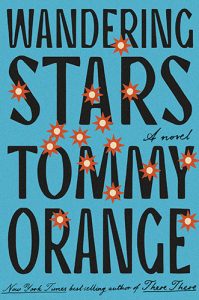Lunch Bucket Paradise
In Lunch Bucket Paradise, Fred Setterberg gives a vivid description of life in California from the 1950s-1960s. Setterberg’s style of writing quickly pulls the reader into his world. I’ve never been to California, my parents were born in the years when his story begins and I seemingly have nothing in common with Setterberg’s experiences, but that doesn’t matter at all. The people in his “true-life novel” are so vivid that almost instantly you understand how their minds work and their relationships to each other.
In Lunch Bucket Paradise, Fred Setterberg gives a vivid description of life in California from the 1950s-1960s. Setterberg’s style of writing quickly pulls the reader into his world. I’ve never been to California, my parents were born in the years when his story begins and I seemingly have nothing in common with Setterberg’s experiences, but that doesn’t matter at all. The people in his “true-life novel” are so vivid that almost instantly you understand how their minds work and their relationships to each other.
The plot of the book focuses on the childhood and teenage years of Setterberg living with his family in California. There is a subtle but clear exploration of what life is like in the post-war culture that the author experienced. He has a war veteran uncle and parents who take interest in politics, but the novel never feels particularly political. Simply, it’s about the growth of a boy. There’s a real honesty and almost a sense of wonder (while refraining from being naïve) about life, the good and the bad.
Finding a memoir that is free from cynicism of any kind is a rare feat, and Setterberg delivers that with humor and a thoughtful approach to post-war life. That being said, it never seems that he is writing from a naïve standpoint or through rose-tinted glasses. He is honest and unpretentious about topics such as war and politics that could have easily detracted from the overall narrative:
They agreed that one large rectangular campaign sign, royal blue and white, reading KENNEDY FOR PRESIDENT! would be posted squarely in the center of the backyard lawn, where nobody could see it. Then Lloyd Barnes, our neighbor who my father despised, plastered four NIXON/LODGE stickers across his emerald Pontiac’s fat rear bumper, and Dad thought he saw the opportunity to patch things up. He retaliated against Barnes, moving KENNEDY FOR PRESIDENT! out onto the front lawn and tilting the sign so that whenever our neighbor opened his curtains, its banner blared into his living room.
This may be the simplest way to put it, but I enjoyed reading his book. I looked forward to being able to sit down and lose myself in the world he created. Setterberg establishes people and circumstances that you will feel invested in, which led to this being a quick read in the best way.





